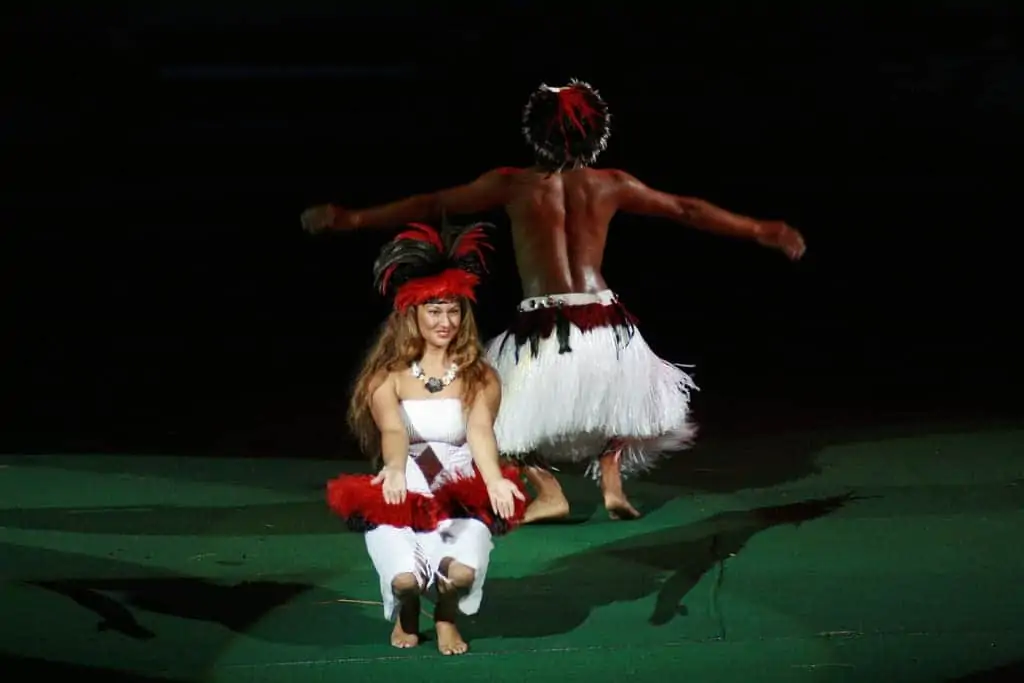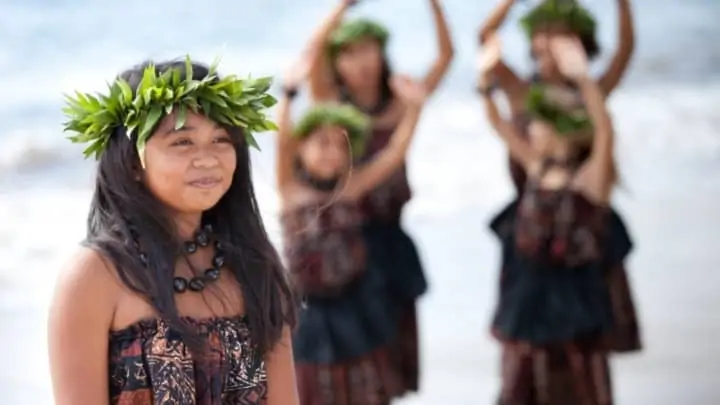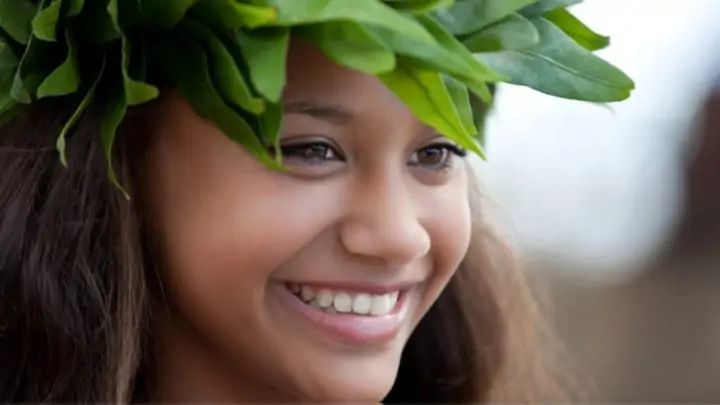What would you do if you had no way to write or record anything in your life? How would you remember anything?
From day to day life to ancestry, we rely solely on the written record to safeguard history. Before the written word existed, cultures found their own ways to preserve their stories so they may survive for future generations.
In the Pacific Ocean, the Polynesian cultures used verbal means to memorialize the events of their lives. Through chants, songs, and dances they created a way to maintain their civilizations and carry their memories through centuries.
Spanning thousands of years, songs, dances, and chants were united in performances using symbolism, intricate metaphors, hidden meanings, and imagery capturing the essence of their world.
There were a variety of verbal and physical combinations used for different occasions and each held a special meaning.

With so many elements that needed to be recorded the recitations and performances were used to track everything from political and social to economic and ecological components.
Each island had its own style and vernacular all of which contained reverence to the chiefs, gods, and the birth of the island and its inhabitants.
Family Mana and What Chants Mean
Among families there were genealogical chants which named every ancestor and life event commemorating the family line.
The language of Polynesian culture is very powerful and every word, every name has its own amount of power (mana).
There is careful consideration used to determine the name or word chosen to add to the chant that charted the family lineage. Every new addition would build upon its power.
The longer the chant grew, the more power it possessed which raised the status of the lineage. Every time it was recited, the chant was meant to please the gods.
The actual act of saying the holy chant and naming all of the ancestors gave it more power. It was believed if an ancestry held enough power the family could become god-like.
Chanting was a part of the lifeblood.

Chants were also used as a proof of identity. Those that descended from royalty had to be able to prove it by being able to recite intricate and highly developed genealogical chants.
In aristocratic families, only certain members in positions of power were allowed to learn the chants for the family lineage. Whereas, in families of lower class the first born child had to memorize the family chant.
This meant the eldest spent most of their time studying in order to carry on their family’s ancestry. The family’s fate was upon the first child’s shoulders as they carefully learned the complicated and lengthy chant that captured the history of an entire bloodline.
While each chant and performance was meant to depict and symbolize events within the community or family, it was truly up to the listener to decipher the meaning.

Words and phrases held double meanings. In the Hawaiian Islands commoners were not taught the dual meanings.
Only those of higher class chosen by the chiefs or those of power to receive the simultaneous meanings would understand the metaphors hidden behind the chants and songs.
There was a strong desire to keep their language pure which meant only giving permission to select people worthy of the sacred knowledge to protect its strength and power.
With so many ways to comprehend and translate, it was crucial that those tasked with learning chants did so with the utmost perfection.
Hawaii – Hula
Throughout the Polynesian Islands, the physical act of record keeping varied from one place to the next each with its own unique interpretations and cultural details.
In Hawaii the Hula is one of the most famous forms of Polynesian dance depicting mythological subjects relating to ancestral history and performed in honor of the Volcano goddess.

The slow, smooth, and graceful movements of the dancers were accompanied by solemn rhythmic song and sounds of sharkskin drums and rattles.
The chant known as the mele was also spoken during the performance adding to the overall power and symbolism. Much of this ritual was lost after it was banned in the 19th century when missionaries took over.
Tahiti – Ote
Tahiti had a similar performance known as the Ote which was only performed by men. The swaying hip movements and music all came together to share important stories of the civilization.
Tonga – Lakalaka
In Tonga and Somoa, the movements in common song and dance were slower but still very deliberate in each motion. The Lakalaka is the most common performance in Tonga with the participants dressed in costume.

Women were graceful and feminine while the men represented the warrior essence. They stood in rows carefully swinging and swaying telling stories with hand movements.
Samoa – Siva
In Samoa, drums fill the background of the interpretive dancing. Sweeping fluid motions were slow but precise as they expressed events through the centuries of their civilization.
There are various types of traditional Samoan dances. The mak Sa’moa is one type, along with taualuga, siva afi, and sasa. There’s also the popular Laumei or Luemei for short as well as Tautasi which have their own unique style to them too!

Fiji – Meke
In Fiji and New Zealand, more lively performances take place. Fiji’s song of celebration known as the Meke is filled with vibrant clapping, dancing, and chanting.
There is also a village communicator that will fall into a trancelike state during the performance, and he will conjure new chanting and dancing that will be added to the next Meke celebration extending its story.
New Zealand – Haka
As for New Zealand, the Haka is an ancient Maori dance which was used on the battlefield as well as when coming together in a peaceful state.
It was a moving display of pride, strength, and unity. The men would violently stamp their feet, stick out their tongues, and slap their bodies in accompaniment of an aggressive chant.
It all came together in a dramatic display that still managed to be a melodious representation of the events that defined the tribe’s history.

These careful considerations and tireless actions meant to preserve these cultures have survived through centuries and land invasions.
While some of the information has been lost, much of what we know about the Polynesian cultures comes from the physical forms of record keeping passed down.
The songs and dancing captures the spirit and energy of the people and the chanting is a collective voice of all the ancestors. They are sacred traditions that have stood up to the test of time proving they are just as powerful as their creators had intended.
Thank you to the Polynesian Cultural Center and Turtle Bay Resort for hosting my visit to Oahu.
Learn about the Polynesian Islands in an interactive and immersive experience the whole family will love at the Polynesian Cultural Center where you can also see, hear, smell and taste a Hawaiian Luau.